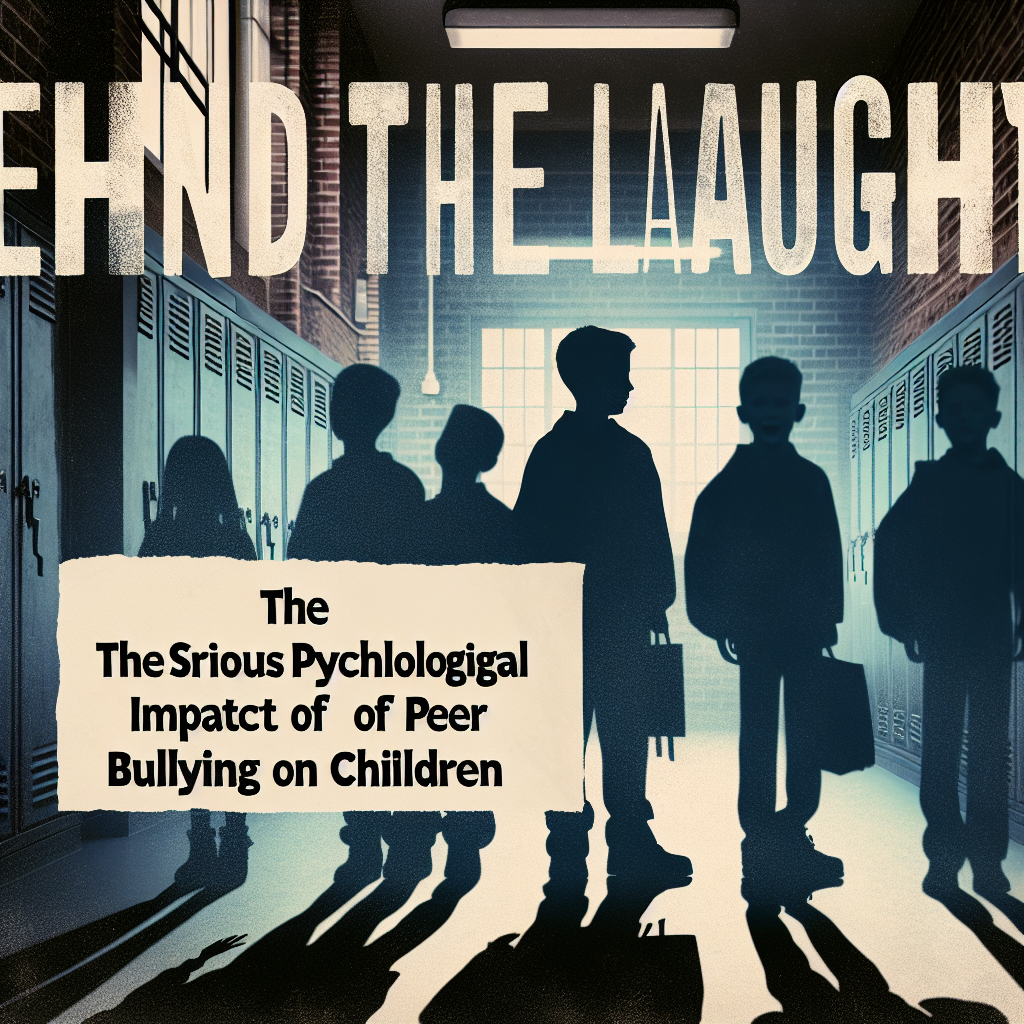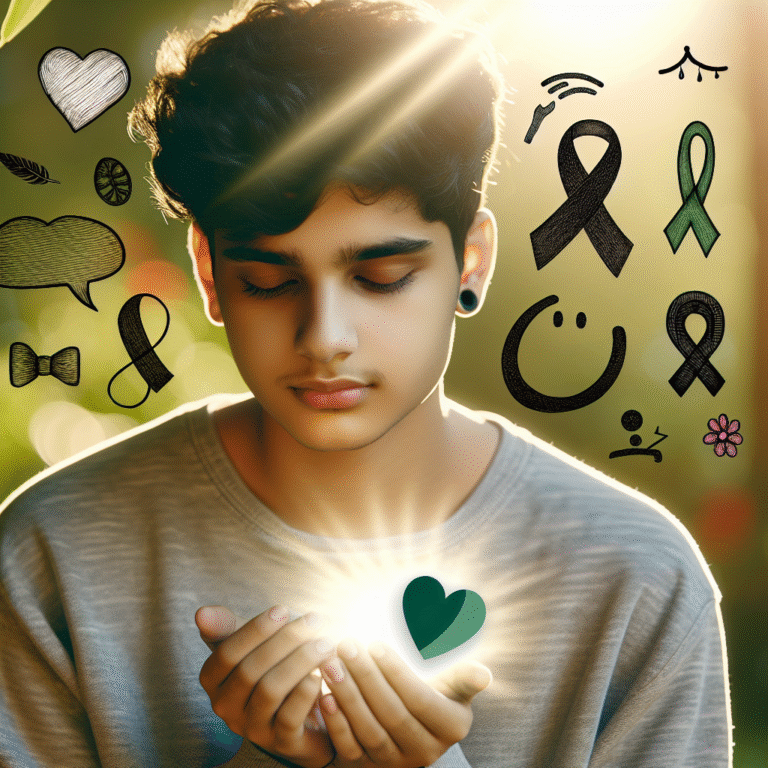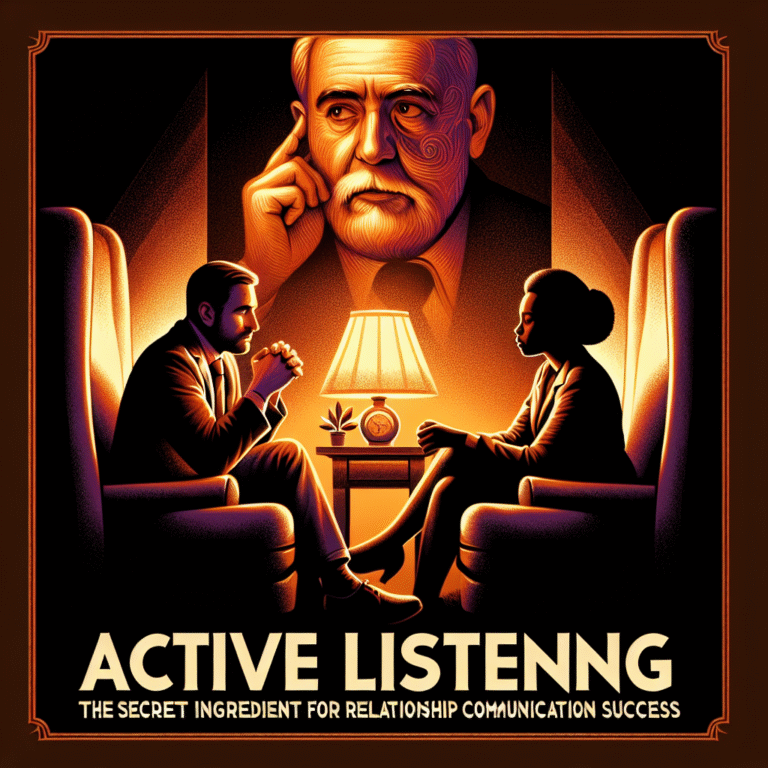
Behind the Laughter: The Serious Psychological Impact of Peer Bullying on Children—The Ultimate Guide
Introduction
Every day, children around the world engage in laughter and play, creating memories that craft the very essence of childhood. However, behind the laughter lies a troubling reality: peer bullying. "Behind the Laughter: The Serious Psychological Impact of Peer Bullying on Children" sheds light on an often-overlooked issue that can have profound consequences on a child’s mental health, self-esteem, and overall development. With approximately 20% of students reporting being bullied, the statistics alone call for urgent attention. But what really happens to a child subjected to such maltreatment? This article explores the multifaceted impacts of peer bullying on children, rippling through their lives far beyond the playgrounds and classrooms.
Understanding Peer Bullying
What is Peer Bullying?
Peer bullying is defined as repeated aggressive behavior that involves unwanted negative actions towards a peer. The forms can be overt, such as physical abuse, or covert, like social exclusion or spreading rumors. This insidious form of abuse often engulfs victims in a vicious cycle of fear and isolation.
Types of Bullying
- Physical Bullying: Involves hitting, pushing, and other forms of physical harm.
- Verbal Bullying: Includes name-calling, insults, or threats.
- Social Bullying: Encompasses exclusion, gossiping, and other tactics that undermine a child’s social connections.
- Cyberbullying: Utilizing digital platforms to harm others—widespread in today’s tech-savvy youth.
By comprehensively understanding these forms of bullying, we can better grasp "Behind the Laughter: The Serious Psychological Impact of Peer Bullying on Children."
Psychological Impacts of Peer Bullying
Long-term Consequences
Peer bullying has immediate harmful effects, but its consequences can be far-reaching. Children who endure bullying face a higher likelihood of experiencing:
- Anxiety Disorders: Speeds up the onset of anxiety-related conditions, making daily interactions feel threatening.
- Depression: Victims often suffer from chronic sadness and an inability to enjoy previously pleasurable activities.
- Low Self-esteem: Constant criticism and harassment can lead to a wounded self-image, making children doubt their worth.
- Poor Academic Performance: The stress of being bullied can impede a child’s ability to concentrate and learn effectively.
Case Study: The Story of “David”
David, a quiet sixth-grader, was relentlessly bullied by a group of classmates. They would mock him during lunch and exclude him from group projects. Over time, David’s previously excellent academic performance began to plummet. He became withdrawn and anxious, developing a deep-seated belief that he was unworthy of friendship. This case exemplifies the serious psychological impacts of peer bullying, as David’s self-esteem dwindled and a once-promising student fell into despair.
Emotional Distress
The emotional toll of peer bullying is also significant. Victims often experience:
- Increased Stress Levels: Chronic stress impacts mental and physical health, leading to exhaustion.
- Social Withdrawal: Many victims prefer isolation to avoid the risk of further bullying, which exacerbates feelings of loneliness and depression.
Behavioral Changes
Beyond emotional distress, bullying can lead to various behavioral issues, including:
- Aggression: Some victims may retaliate or bully others as a coping mechanism.
- Substance Abuse: Seeking temporary relief from emotional pain, some teens may turn to drugs or alcohol.
Case Study: “Emily’s Turnaround”
Emily was a once-vibrant 10-year-old who fell victim to severe social bullying. Following months of isolation, she began to withdraw from her friends and display aggressive behaviors towards her peers. After a turning point involving school counseling, Emily was able to regain her confidence and develop healthy coping strategies. This case emphasizes the potential for recovery and the importance of early intervention.
Preventing Peer Bullying: Steps for Parents and Educators
Open Communication
Encouraging children to speak openly about their feelings creates a safe environment. Parents and teachers should actively listen, validate feelings, and reassure children that they are not alone.
Implementation of Anti-Bullying Programs
Many schools are initiating anti-bullying programs to create awareness and foster a culture of respect. These educational initiatives are key to addressing behaviors before they escalate.
Case Study: Successful Implementation
One school in Philadelphia incorporated an anti-bullying curriculum that included workshops, peer support groups, and informative sessions for parents. Within a year, the reported rates of bullying decreased by 40%, demonstrating the effectiveness of proactive measures.
Role Modeling
Adults should serve as role models by displaying empathy and respect towards others. Children are more likely to emulate positive behaviors if they observe them in their environment.
The Role of Technology in Bullying
Cyberbullying: A New Age Challenge
With the rise of technology, bullying has taken on new forms. Cyberbullying can occur around the clock, providing a sense of anonymity that emboldens bullies. Victims often feel trapped, without respite from their tormentors.
The Impact of Social Media
Social media platforms can amplify the effects of bullying. Rumors spread quickly, and group chats can become breeding grounds for harassment. Parents should monitor their children’s online activities and educate them about responsible usage.
Case Study: “Josh’s Experience”
Josh, a teenager, faced relentless cyberbullying after an embarrassing incident was shared on social media. He became depressed and stopped participating in activities he once loved. Didactic workshops and supportive interventions helped Josh regain control over his life. This case illustrates the urgent need for awareness regarding cyberbullying.
Conclusion
The profound psychological effects of peer bullying can shape a child’s life in ways that are often unseen and misunderstood. "Behind the Laughter: The Serious Psychological Impact of Peer Bullying on Children" underscores the importance of recognizing, addressing, and preventing bullying. It is crucial for parents, educators, and communities to come together to create an environment that emphasizes respect, kindness, and understanding.
The journey toward healing starts with open dialogue, supportive interventions, and effective education. While the impact of peer bullying can be severe and long-lasting, recovery is possible with the right resources and support systems in place.
FAQs
1. What are the immediate signs that a child may be experiencing bullying?
Look for sudden changes in behavior, such as reluctance to go to school, drops in academic performance, changes in social circles, or unexplained injuries.
2. How can parents approach a child who may be reluctant to talk about bullying?
Start with gentle inquiries about their day and feelings. Create a safe space for communication and assure them that their feelings are valid.
3. What should a child do if they witness bullying?
Encourage them to report the incident to a trusted adult or teacher and to support the victim, emphasizing that they should not confront the bully alone.
4. Are there specific programs designed to help bullies?
Many schools offer programs focusing on social-emotional learning, empathy development, and conflict resolution to assist bullies in understanding the consequences of their actions.
5. How can communities collectively combat bullying?
Community awareness campaigns, workshops, and parental involvement are essential in creating an anti-bullying culture that promotes solidarity and respect among children and families.
In this in-depth exploration, we’ve delved into the complexities surrounding peer bullying, revealing not just the harsh realities but also strategies to combat it. Every child deserves a safe and nurturing environment to grow, learn, and laugh. By acknowledging the "serious psychological impact of peer bullying on children," we begin the vital work of fostering resilience, empathy, and kindness in the next generation.















